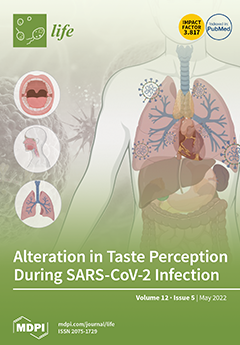Zn pollution is a potential toxicant for agriculture and the environment.
Sedum alfredii is a Zn/Cd hyperaccumulator found in China and has been proven as a useful resource for the phytoremediation of Zn-contaminated sites. However, the molecular mechanism of Zn uptake in
S.
[...] Read more.
Zn pollution is a potential toxicant for agriculture and the environment.
Sedum alfredii is a Zn/Cd hyperaccumulator found in China and has been proven as a useful resource for the phytoremediation of Zn-contaminated sites. However, the molecular mechanism of Zn uptake in
S. alfredii is limited. In this study, the function of SaPCR2 on Zn uptake in
S. alfredii was identified by gene expression analysis, yeast function assays, Zn accumulation and root morphology analysis in transgenic lines to further elucidate the mechanisms of uptake and translocation of Zn in
S. alfredii. The results showed that
SaPCR2 was highly expressed in the root elongation zone of the hyperaccumulating ecotype (HE)
S. alfredii, and high Zn exposure downregulated the expression of
SaPCR2 in the HE
S. alfredii root. The heterologous expression of
SaPCR2 in yeast suggested that SaPCR2 was responsible for Zn influx. The overexpression of
SaPCR2 in the non-hyperaccumulating ecotype (NHE)
S. alfredii significantly increased the root uptake of Zn, but did not influence Mn, Cu or Fe. SR-μ-XRF technology showed that more Zn was distributed in the vascular buddle tissues, as well as in the cortex and epidermis in the transgenic lines. Root morphology was also altered after
SaPCR2 overexpression, and a severe inhibition was observed. In the transgenic lines, the meristematic and elongation zones of the root were lower compared to the WT, and Zn accumulation in meristem cells was also reduced. These results indicate that SaPCR2 is responsible for Zn uptake, and mainly functions in the root elongation zone. This research on
SaPCR2 could provide a theoretical basis for the use of genetic engineering technology in the modification of crops for their safe production and biological enhancement.
Full article






